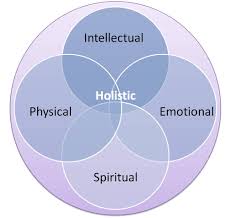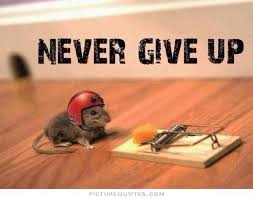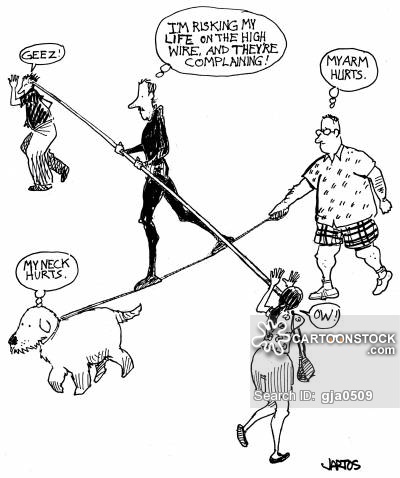Diabetes is an epidemic in our society.
There are 28 million Americans dealing with the dis-ease.
5% of these cases is Type 1 diabetes which is an immune deficiency disease brought on by a malfunction in the immune system from a virus or outside agent of some kind.
Type 1 requires injected insulin to survive.
It requires 24/7 monitoring.
However, there are no guarantees.
It is a very difficult situation and it requires tremendous resources to deal with.
Most diagnosed with Type 1 are children or adolescents.
Diabetes is a condition that arises in a person’s life which can create great pain and sorrow not only for the person afflicted but also for family, friends and co-workers.
There are the syringes, alcohol swabs, finger pricks, infusion sets, pumps, blood tests, doctor visits and a restricted diet.
Being outside of normal blood sugar range does not feel good.
Being above normal (high) is stressful and wears on the body.
Below normal blood sugar (low) is confusing and frightening.
Add to that the possible complications associated with the condition like kidney disease, blindness, neuropathy and death and you have an extremely challenging situation with this condition.
In my experience, one of the misconceptions about diabetes is that it is simply a physical condition that can be treated medically. This approach did not work for me.
The foundation of my approach is based on my experience of over 40 years living with the condition combined with a holistic, systemized process.
It effects the whole system of a person; physiology, psychology, relationships, career, emotions and will.
Simply addressing the physical is not enough if you want to truly manage diabetes.
I have lived through just about every experience that a person with Type 1 diabetes can have.
Living with diabetes, like living life, is really about starting over every day.
I am now 55 years old and in good health.
I have no complications.
While at my last visit to the eye doctor he said…”Michael, keep doing what you are doing because your eyes are perfect. I have never seen anyone with diabetes as long as you have had it without some changes in the retina.”
My A1C results have been below 7.0 for the past 10 years.
This has been done with eating anything I have wanted to eat.
Insulin, pills, pumps, syringes, blood tests, doctors and diet are all important components of diabetes management.
However, my experience informs me that the most important resource will be your personal connection and union with body-mind and spirit.
Balance reveals peace and joy.
This is not a quick fix and it is not the same for everyone.
It takes commitment and perseverance.
A few years after I was diagnosed I wrote an essay called…
“Walking the High Wire.”
That is how I saw “my” diabetes then.
Felt like I was sent to the circus to perform this high wire act.
It was downright impossible to stay on that wire.
I was falling off all the time.
There are gusts of wind in the form of injection/infusion site issues, stress, hormones and the common cold.
Most of my time and effort was spent trying to get back up on the wire.
A fall to the right meant high blood sugar and being tired and run down.
A fall to the left was a low blood sugar episode that often resulted in a boomerang type effect that sent blood sugar soaring way up.
When I did find myself actually on the wire (in normal blood sugar range), it was often by accident and I was probably just passing by on my way to one side or the other.
It felt like a rollercoaster and I was damned if do and damned if I don’t.
Pretty much the definition of Helplessness.
Is it hopeless as well?
What was I to do?
Thank God for my support system back then.
Thank you Mom, Dad, my siblings, friends, coaches and teachers who looked out for me.
Without them I would not be here.
When short acting insulin was invented, I started taking Lantus once a day and several shots of humalog to cover meals.
I felt like I moved from the high wire to the balance beam.
I could stay in normal range for longer periods of time and the falls were not as drastic.
I had an easier time getting back up on the beam than I did getting on that thin high wire.
Still, the level of difficulty was high.
I spent most of my time on the floor getting back up.
About 15 years ago I got really good at it.
- I made a decision that I had to take 100% responsibility for my situation.
- I had to stop playing the victim and take full ownership for my path.
- I re-discovered the athlete in me. I started to work out hard. I ran, walked, lifted weights and started to take yoga classes.
It was the balancing influence of yoga that awakened me to the metaphor of flying a plane.
Ten years ago I made the decision to go on the insulin pump.
Simply put, the insulin pump is the best way to deliver insulin for a person with type 1 diabetes.
I would qualify this statement by saying that it requires a commitment to “Fly the Plane.”
It is a condition that affects every facet of a person’s life and taking a shot or a pill is not enough to get the job done.
You can fly the plane if you are on Lantus and humalog injections.
It is just not going to be as well equipped as it would be with the insulin pump.
This is probably the best time to mention Continuous Glucose Monitors (CGM’s) (I have one and I have used it.)
Theoretically, it provides a more advanced altimeter for our plane. It provides a blood glucose reading every five minutes.
Personally, there are a few reasons I don’t use it.
It requires another “port site.”
My body does not like this.
The port is not stable enough for me.
I workout a lot and I sweat. The port came off often.
I have had some bad readings from them. It is too cumbersome for me. More information would be valuable but I will wait until they can figure out how to make it less intrusive.
Learning to Fly the Plane is a five step training.
It mirrors a process I learned 25 years ago and have used in my career as a Corporate Trainer and Systems and Procedures Designer.
I have learned a few things as a trainer that are important to go over at the outset.
First, there are basically three areas which can be addressed in training:
- Knowledge. Information can be imparted and retained. You will certainly gain a lot of experiential information here that a doctor or healthcare professional does not have.
- Skills. I will be covering some skills that are essential to managing and living with diabetes.
- Attitude. Perhaps the most important area of all three. Attitude is our thought context. I have experienced many attitudes toward having diabetes. I will discuss many of them and point to a few that have been more optimal than others.
This process is not linear, it is cyclical.
Every day presents a new challenge and situation.
It is important to keep the cup half full.
Stay in the attitude of inquiry as you travel through the steps.
“People are like fruit. When they are green they grow, when they are ripe they rot.”
Stay green.
Step One: Confront

- Confronting the reality of the situation
- “Showing up on the mat”
- Breathing
- Building a foundation from the ground up
- Being in the present moment
- Introduction to Flying the Plane Analogy
Step 2: Understand

- Everything is moving.
- Learning to move with it
- The Detective Attitude
- Making modifications and adjustments
Step 3: Integrate

- Putting it all together
- Systems and Procedures
- Integrating food and the workout.
Step 4: Master
- Exploring Your Edge
- Advanced Techniques
- Getting Better Every day
- Discovering the athlete in you
Step 5: Manifest

- Validate Results
- Recognizing Accomplishments
- Growth
- Transformation
- Healing
Seven years ago I wrote a series of blogs in an attempt to share my approach to living with and managing diabetes. Here are the links to The Transforming Diabetes Series:
Click on light green links to access posts.












